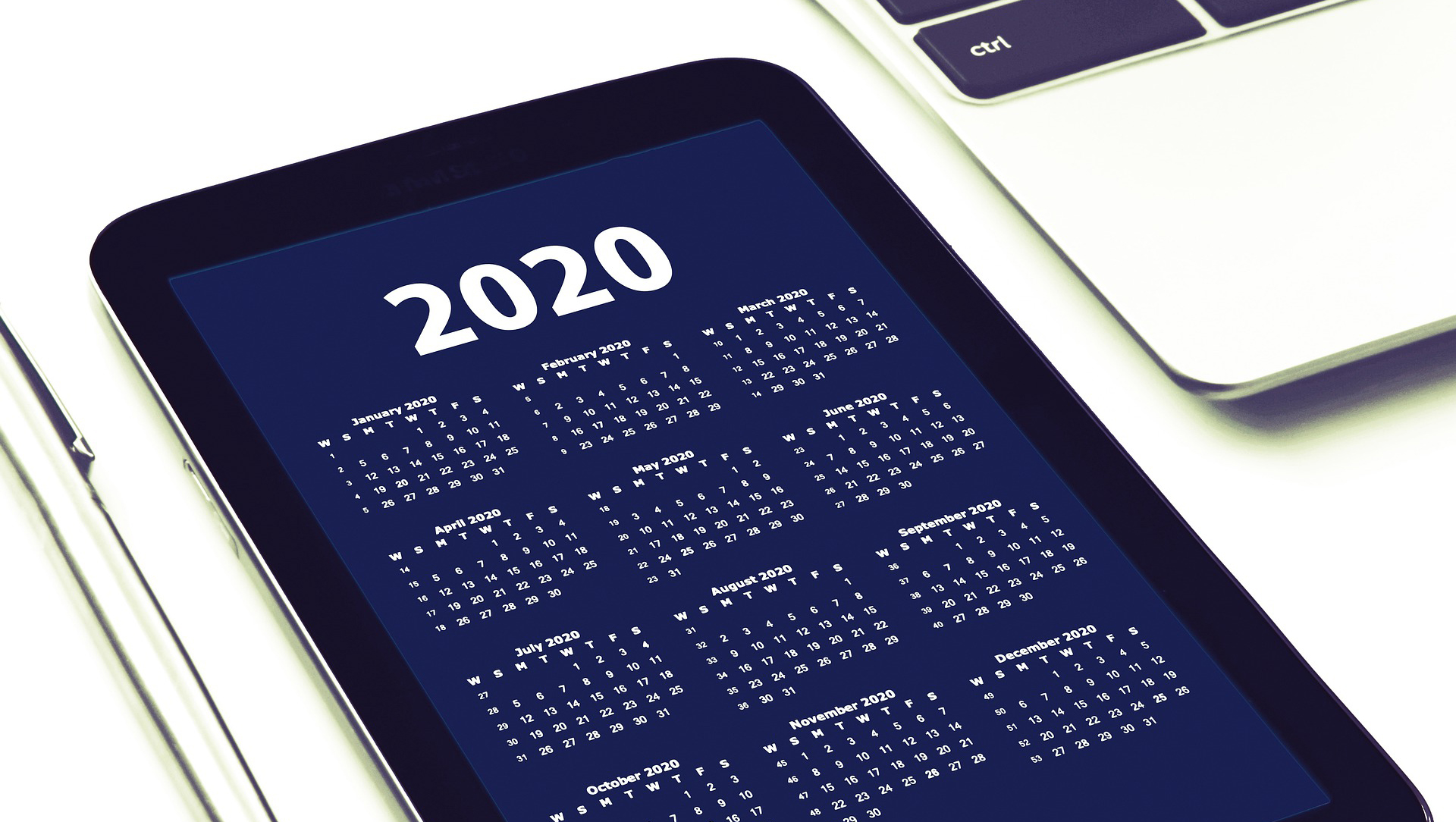For many radiology practices, the idea of a positive payment adjustment for participation in the Medicare Quality Payment Program (QPP) has been lost. Several factors have combined over the past few years to change the goal for radiology practices – it is now ‘penalty avoidance’ rather than a reward for reporting quality metrics. As we outlined in our recent review of the Medicare 2024 Physician Fee Schedule Proposed Rule, the QPP requirements for successful participation are going to become even stricter.
Radiology Practices Struggle to Avoid Penalties in the Medicare Quality Payment Program on August 31, 2023
Categories: MIPS, Quality Payment Program, MIPS participation, radiology, QPP, quality measures
CMS Has Released The 2022 Medicare Physician Fee Schedule Final Rule on November 16, 2021
Coming a bit earlier in the month than usual, the release of the Medicare Physician Fee Schedule (MPFS) Final Rule for 2022 contains few changes from the rule proposed earlier this year. The Proposed Rule reported a 2022 Conversion Factor (CF) of $33.5848 per Relative Value Unit (RVU), but the Final Rule adjusts the figure slightly upward to $33.5983. This is a reduction of 3.71% from the 2021 CF of $34.8931. In addition to this cut, practices will see an additional 2% payment reduction when sequestration resumes on January 1, 2022.
Categories: cms, MPFS, Quality Payment Program, radiology, quality measures, Medicare Physician Fee Schedule
How Benchmarking Can Help Radiology Practices Evaluate Their Quality and Financial Performance on May 6, 2021
Benchmarking is a current term used to describe a process that has always been applied but perhaps not in the same way as it is today. That process involves comparing business statistics to historical data or to the same type of data gathered across a wider spectrum. In our May 2019 article How Benchmarking Can Help Radiology Practices Evaluate Their Productivity, we discussed the use of RVUs (Relative Value Units) as a measure of radiologist productivity. This is only one statistic, or metric, that can be used to evaluate a practice’s performance.
Categories: radiology, quality measures, benchmarking
Get Feedback on Your 2019 Quality Payment Program Performance on September 22, 2020
Quality Payment Program (QPP) participants can now obtain information about whether their practice will receive a positive, negative, or neutral Medicare fee schedule adjustment in 2021 based on the 2019 data they submitted. The Centers for Medicare and Medicaid Services (CMS) announced that clinicians who participated in the Merit-based Incentive Payment System (MIPS) in 2019 can access their performance feedback by logging in to the Quality Payment Program website.
Categories: radiology reimbursement, physician reimbursement, cms, Quality Payment Program, QPP, quality measures
Quality Payment Program Update for 2020 on March 2, 2020
Participation in the Quality Payment Program (QPP) means that you always have several years’ information in play at one time. The score you earned from submitting 2018 data will now be impacting your Medicare reimbursement in 2020; you have just completed your 2019 performance and it’s time to submit your data; and finally, you now have to begin your 2020 performance year.
Categories: cms, MIPS, Quality Payment Program, MIPS participation, QPP, quality measures
How the Medicare Final Rule For 2020 Will Affect Radiologists on November 15, 2019
The Centers for Medicare and Medicaid Services (CMS) has released the annual changes to the Medicare Physician Fee Schedule (MPFS) in its Final Rule that contains not only adjustments to Medicare reimbursement but also revisions to the Quality Payment Program (QPP) for 2020 and beyond. The MPFS Final Rule does not contain very many significant changes for the coming year, especially for radiology, but one of its provisions will have a far-reaching effect on radiology beginning in 2021.
Categories: medicare, medicare reimbursement, cms, MPFS, radiology, QPP, quality measures
How Radiology Practices Can Drive True Quality of Care on March 13, 2018
Radiologists often identify incidental findings. When clinically significant, communicating these findings for further evaluation and treatment can be a lifesaving action. Despite best efforts, documentation in radiology reports does not adhere to a fixed standard, making subsequent analysis of incidental findings quite difficult. And, while such a finding might be insignificant in the present exam, over time a patient’s status may change and incidental findings may be a key indicator of appropriate follow-up care.
Categories: Quality Payment Program, radiology value building, quality measures, clinical analytics, incidental findings, lung nodules
Converting the US healthcare economy to a value-based model that rewards both quality and cost savings is an objective that still holds bipartisan support, despite the well-known burdens of compliance that many providers have experienced. While some significant voices are currently advocating repeal and replacement of MIPS, others are for "charging forward".
Categories: Quality Payment Program, radiology value building, QPP, quality measures, clinical analytics
Results of the Medicare Value Modifier Payment Adjustment for 2018 on February 8, 2018
During 2016 we worked hard to provide our readers with information and advice that would allow them to maximize their performance under the Physician Quality Reporting System (PQRS) and therefore to maximize their reimbursement in 2018 under the associated Medicare Value-based Payment Modifier (VM). The results have just been announced by the Centers for Medicare and Medicaid Services (CMS), and are available in a CMS Fact Sheet.
Categories: cms, value modifier, Quality Payment Program, QPP, quality measures
It’s Not Too Early to Prepare for a MIPS Performance Data Audit on September 15, 2017
Beginning in 2019 the level of reimbursement from Medicare to many physicians will be determined in part by their performance in the Merit-based Incentive Payment System (MIPS). Medicare will award a higher level of payment to those eligible clinicians and groups who report that they have successfully met certain criteria for Quality, Advancing Care Information, and clinical practice Improvement Activities. MIPS is the successor program to the Physician Quality Reporting System (PQRS) and Meaningful Use of Electronic Health Records (MU-EHR) incentive programs, and CMS (the Centers for Medicare and Medicaid Services) has indicated that it will continue its practice of auditing the data submitted by practices just as they did under the earlier programs. As this article in Healthcare IT News illustrates, the result of failing an audit will be non-payment of expected incentives (in the case of a pre-payment audit) or returning of funds already paid and possibly even federal sanctions depending on the severity of the infraction.
Categories: MIPS, Quality Payment Program, MIPS participation, radiology, quality measures













